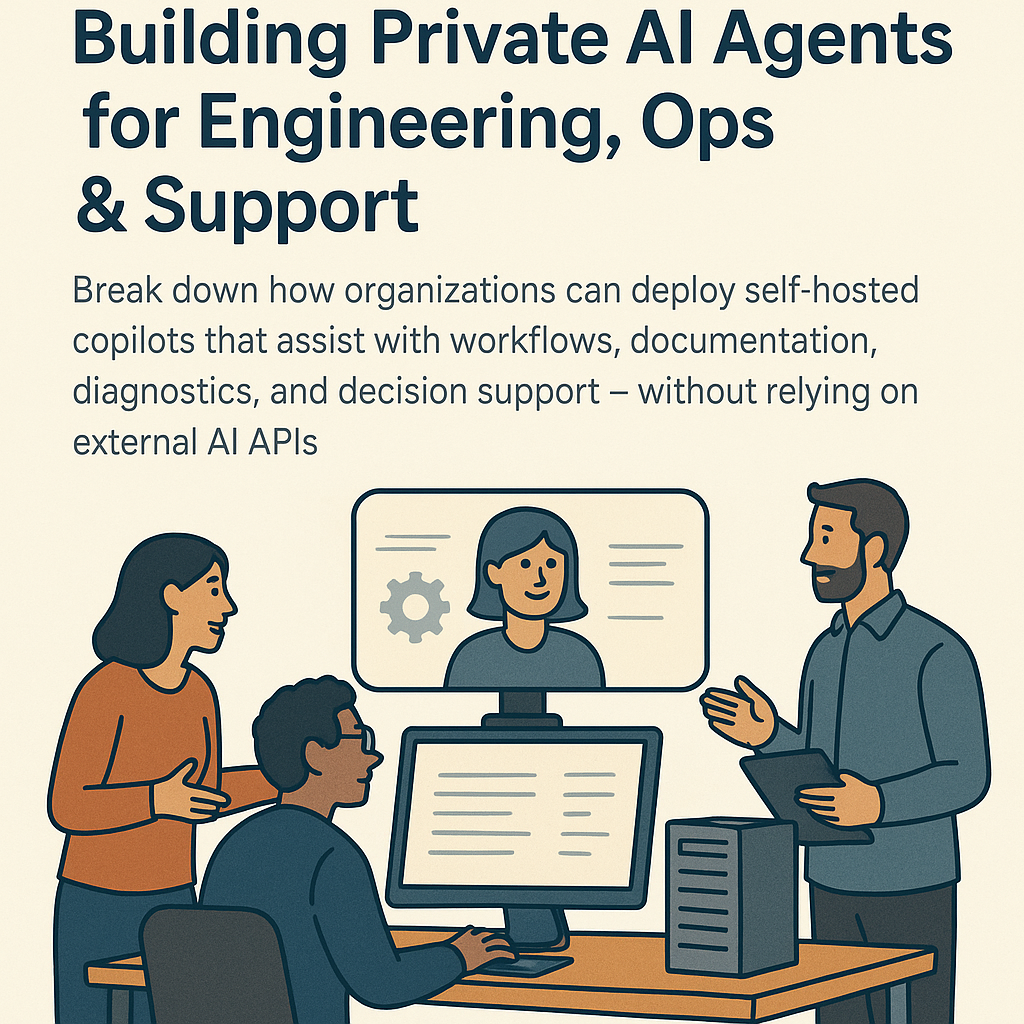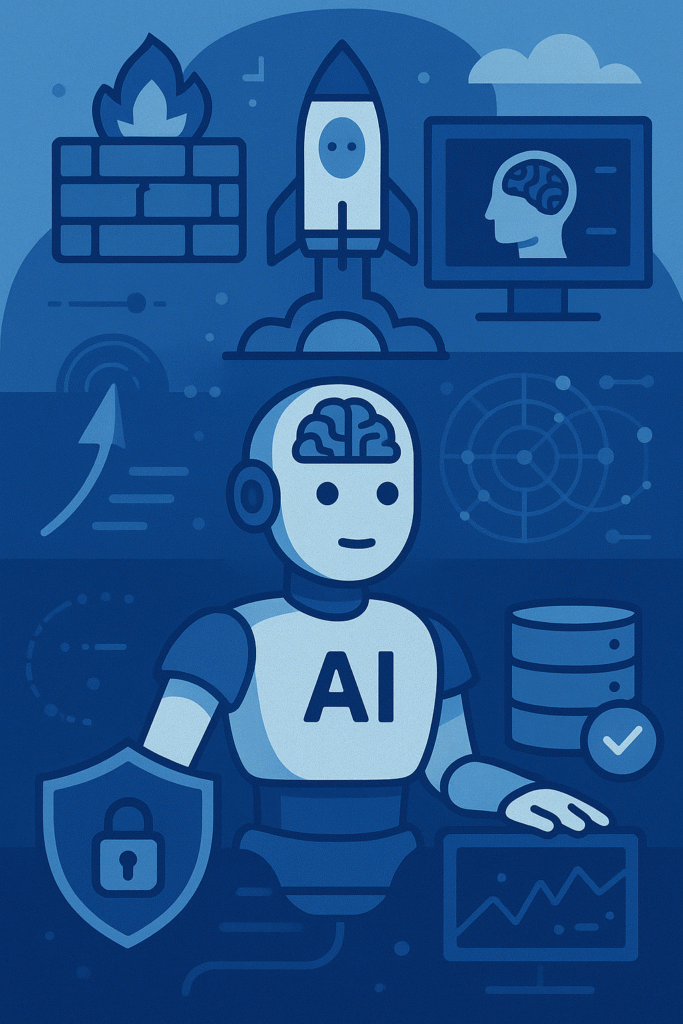What if your engineers could debug systems with an AI assistant that already knows your infrastructure?
What if support agents had an AI co-pilot trained on your product manuals, helpdesk history, and internal SOPs?
Welcome to the era of private AI copilots — intelligent agents deployed inside your systems, fully aligned to your workflows and data.
What Is a Co-Pilot Stack?
A co-pilot stack is an internal AI framework — built on self-hosted LLMs — that performs:
Knowledge retrieval from internal documents (via RAG)
Task assistance (e.g., filling tickets, generating configs)
System monitoring and diagnostics
Human-in-the-loop decision support
Think of it as a secure, localized ChatGPT that knows your organization.
Why Self-Hosted Matters:
Using OpenAI or third-party APIs to run these agents often poses a security risk — especially when the data includes:
Customer PII
System credentials
Internal workflows
By hosting copilots internally, you retain:
Full data control
Audit logs and traceability
Integration with on-prem systems
What You Need to Build One:
A typical private co-pilot stack includes:
LLM Engine: Llama 3, Mistral, or similar
RAG Layer: Vector DB (like FAISS or Weaviate) + retrieval pipeline
Orchestration: LangChain, LlamaIndex, or similar agents
Interface: Internal chat portal or terminal assistant
Security: Containerized, role-based access with logging
Use Cases Across the Org:
🛠️ Engineering: Auto-generate logs, config comparisons, infra debugging
🧰 Operations: SOP adherence checks, system health summaries
📚 Support: Draft responses, suggest fixes from past cases
Conclusion:
Building private AI agents is no longer a moonshot. With the right stack, you can start small — one workflow at a time — and scale toward full organizational co-pilots.
And all of it, without sending a single prompt outside your firewall.



